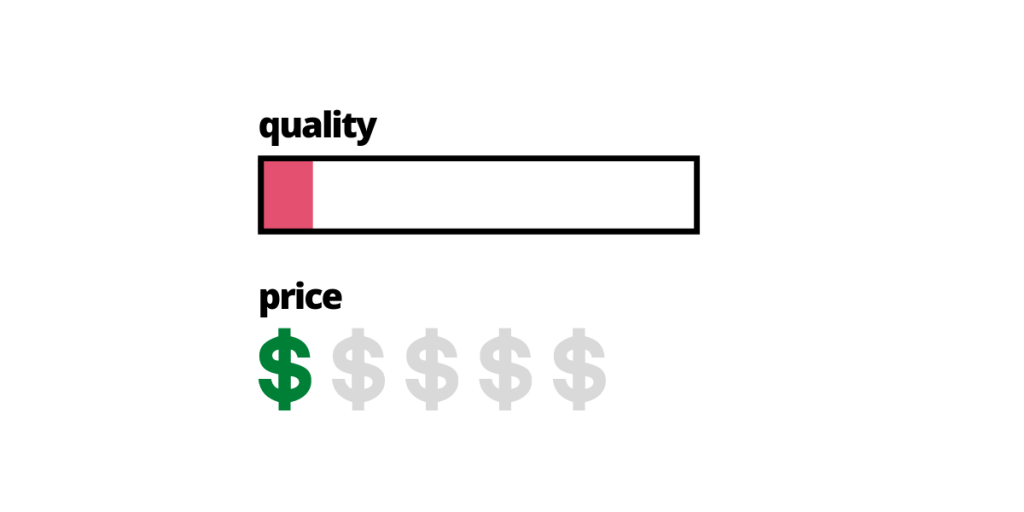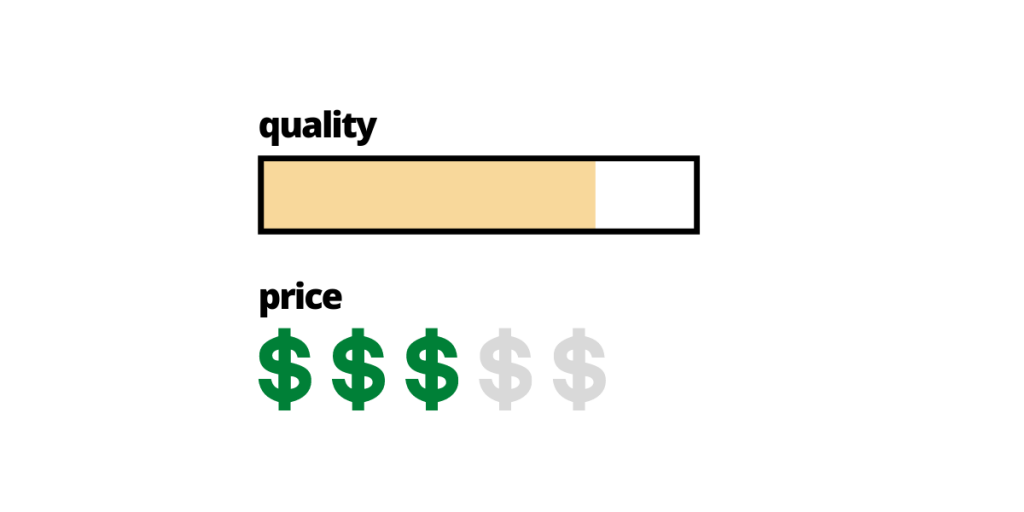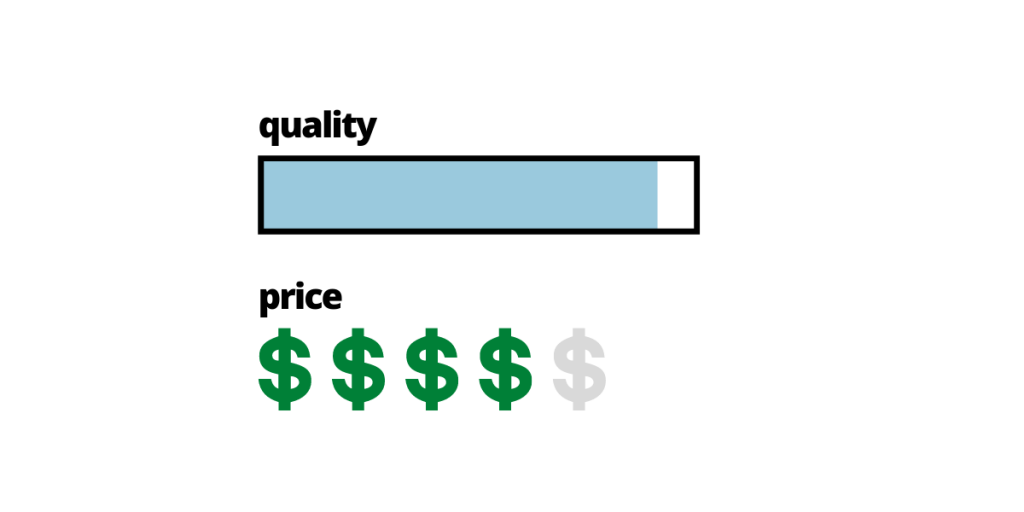Though the digital landscape has exploded into the omnipresent power that it is today, we still (assuming the Matrix isn’t real) live in a material world. This isn’t to say the two aren’t deeply intertwined – they are. Advancing technology impacts every aspect of our lives, and it has led to higher standards for both the digital and physical spheres. How then, do we keep printed material up to par with digital material? Attention to detail, good design, and a rigorous printing proof process.
The importance of a printing proof cannot be understated – a reprint can be a financial disaster. Luckily, reprints are usually avoidable. According to printing professionals, 90% of all reprints are caused by poor proofing – so if you adequately proof along the way, the risk of needing a reprint is significantly reduced.
Types of Proofs
Printing proofs, early versions of a printed project, are a great way to get an idea of what you’re making. A thorough printing proof process will help make sure your vision and your final product are aligned. Which type of proof you use will vary depending on what your project is and where you are in the process. You don’t have to include all of these different proofs in all of your projects, but you can use any or all of them to tailor the process to your requirements.
Soft Proofs

From an economical standpoint, soft proofs are the best of the best. These electronic proofs come in the form of a PDF or similar digital file to be viewed on a computer screen. This allows for a much faster turnaround compared to the other proofing options; once it’s created, it can be immediately sent out via review link for approval through email, Slack, or even airdrop if you’re in the same room. If you’ve ever had to wait around for a dozen people to approve your work (or more realistically, completely ruin it), you know that saving time in that arena is something to be cherished.
From a quality standpoint, soft proofs are not the best of the best. As they are viewed digitally instead of physically, the colors don’t tend to provide an accurate representation of the final printed piece. This isn’t to say soft proofs aren’t valuable; they just shouldn’t be the only kind of proof you use (and they definitely shouldn’t be the final approval before printing).
Soft proofs are perfect for early iterations of your work; they can offer you a good idea of the final product, but not an exact replica. Since they are so easy to create and share, soft proofs are excellent for working out design elements with customers in the earlier stages, such as fonts, text, images, graphics, placement, and layout. These proofs are also great for cut-and-dry projects: those with only a few pages, few colors, and simple design elements (such as flyers, business cards, coupons etc).
Hard Proofs

Hard proofs are to some extent the equivalent of a rough draft when it comes to printing. These proofs are actually printed, just on a cheaper printer than your final project will use. Though the colors aren’t exactly the same (due to the different printer), hard proofs will look very close to the real deal.
As to not make too broad of a statement, we’ll say almost every printed project should be preempted by a hard proof. This is especially true for projects with more complex elements, such as folded pamphlets, brochures, and books. Some things just don’t translate well from digital to print, and since hard proofs are easy to make and inexpensive to print, why not double-check?
Plotter Proofs

Plotter proofs are a form of printing proof created on a high-quality ink-jet printer. Unlike hard proofs, these can be trimmed, bound, and printed in an array of sizes (so you can see if your work scales well to the size it will actually be). Though they cost more than hard proofs, they are not as costly as high-resolution proofs, and they can provide very close to an accurate representation of your final work.
The only downside to a plotter proof, other than the higher price, is the fact that it is a low-resolution proof. This means that the colors won’t be exactly right. Still, this is a very good indicator of what the final piece will look like.
High-Resolution Proofs

High-Resolution Proofs, also known as digital proofs, show close to exact representations of what the final printed colors and design elements will look like. However, this type of proof can be costlier than others, and it is still not an exact replica of the final work. That being said, these proofs are pretty close to the real thing.
High-resolution proofs should only be used once you have a fairly finalized piece of work, as ordering tons of them may leave you with a hefty bill. In general, these proofs are best for making sure the colors are just right in the late stages of the process.
Press Proofs

Press proofs are the creme de la creme of the printing proof options. Made on the same printer as the final job, these proofs are virtually identical to the finished product. Of course, even the best things are flawed, and the press proof is no exemption. While a press proof is the most accurate proof you’ll find, they are generally reserved for the very final stage of approval due to their high price and time-consuming nature. Even so, they are crucial for large projects where a reprint could be detrimental; they are the very last opportunity customers and designers have to catch a mistake before committing to hundreds or thousands of copies. It’s better to spend a little extra during the approval stages than sink your entire printing budget into low quality, unusable work.
Improve Your Proofing Process With Ashore
Making beautiful printed work often requires a multitude of printing proofs, dozens of approvals, and what feels like infinite iterations before landing on the perfect design. If you have a decade or two to get things done, that may be fine – but most of us don’t. As a digital proofing software, Ashore isn’t going to be much help with your printed proofs. That being said, we have everything you need for any type of soft proof – PDF, JPEG, IMG or even a larger digital prepress proof. Our markup tools, contextualized comments and version control will make soft proofing smooth and effortless. Sign up for your free Ashore account today, and start proofing!

